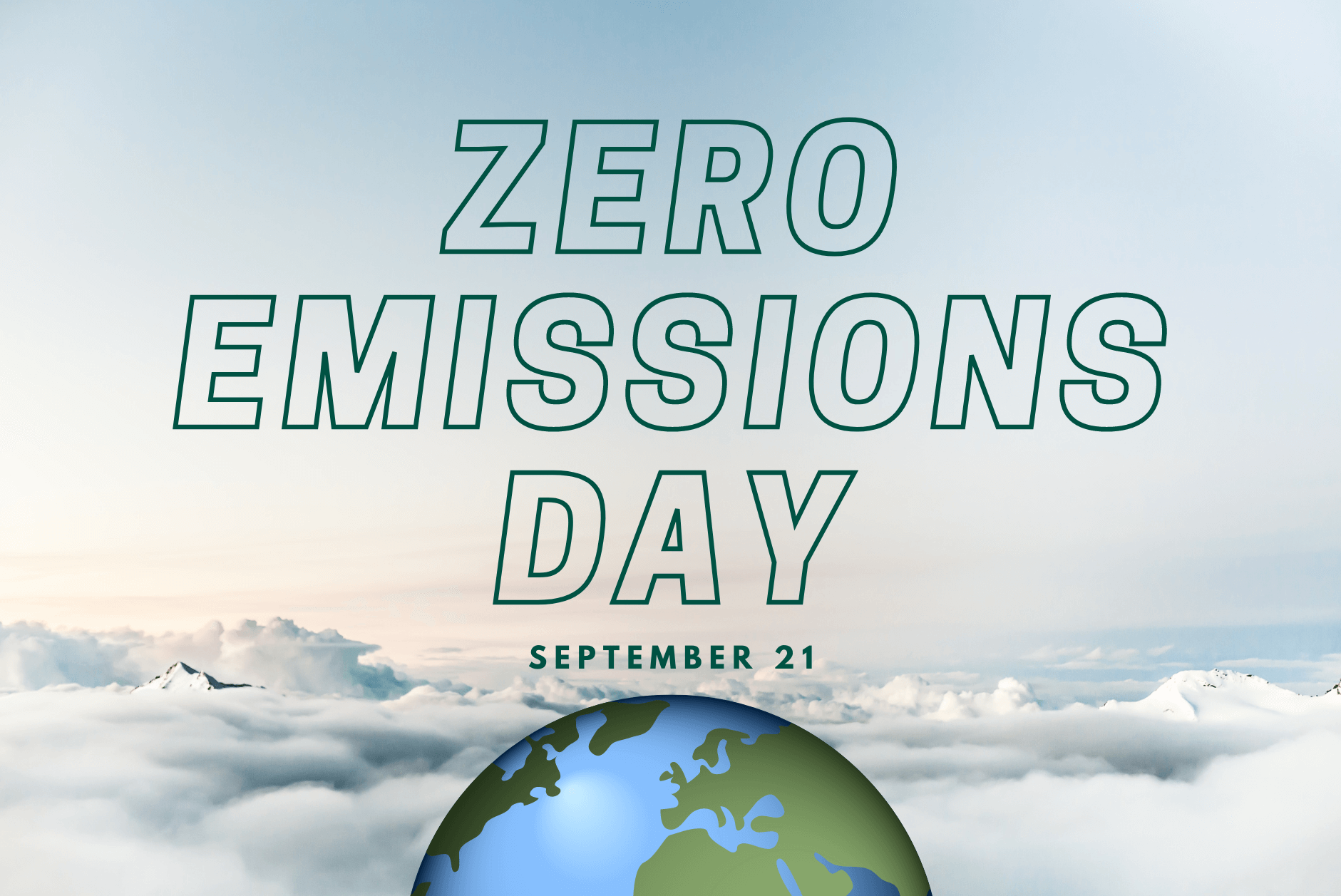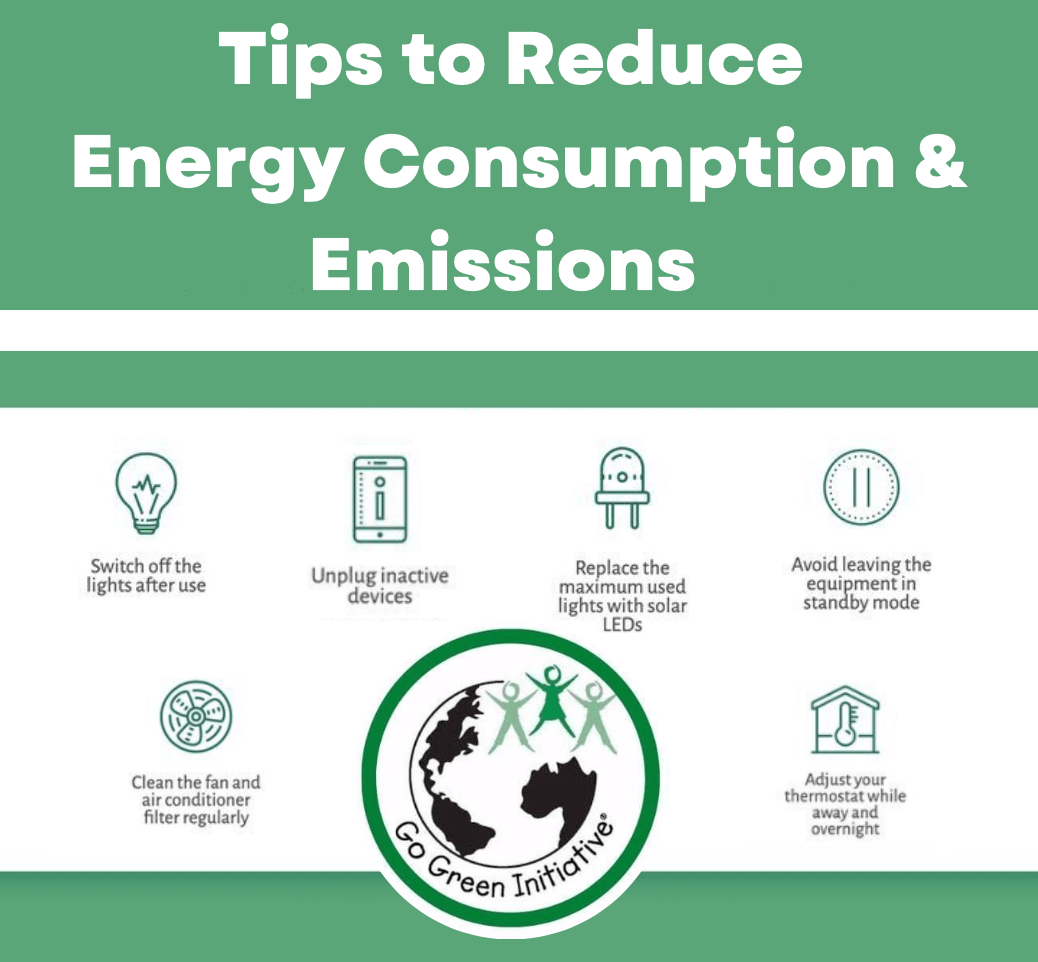Zero Emissions Day
Today on September 21, 2022, the world celebrates Zero Emissions Day!
Zero Emissions Day is an international day of action to promote clean air and reduce greenhouse gas emissions (including carbon emissions).

According to the United Nations,
“The energy sector is the source of around three-quarters of greenhouse gas emissions today and holds the key to averting the worst effects of climate change… net zero means cutting greenhouse gas emissions to as close to zero as possible, with any remaining emissions re-absorbed from the atmosphere, by oceans and forests for instance.”
Energy usage is the largest contributor to a school’s overall emissions. At GGI, we have the vision for every school will be a zero net energy school.
In the path toward that, we support districts to be mindful and purposefully plan what types of energy they are consuming, when, and to invest in cleaner alternatives. All stakeholders must be involved and engaged in conserving energy, as it involves everyone within a school facility.
The first step to minimize a school’s emissions is to prioritize conservation.

Simple behavior modifications can make a difference, including:
- unplugging technology when it is not in use,
- converting lights to LEDs,
- adding motion sensors to turn on or off,
- monitoring appliance quantity and efficiency,
- make sure HVAC systems are functioning properly and efficiently, and
- close windows and doors when using air conditioning or heaters.
Using applications like Energy Star Portfolio is vital for schools to track and monitor overall energy usage, and progress with conservation.
If schools have access to renewable energy sources, some of the most common being solar or wind power, this is the most efficient way to reduce greenhouse gas emissions. These resources are not always accessible, and can be expensive, but according to the EPA,
“renewable energy resources and technologies provide the highest environmental benefit by reducing the emissions associated with traditional electricity sources.”
As we outlined in another post, food waste in schools is another leading cause of greenhouse gas emissions in schools. Schools that prioritize waste reduction strategies can also work toward zero emissions.
GGI actively works with our districts to work towards zero emissions and zero net energy. We hope everyone has a great Zero Emissions Day, and joins us in working towards a world where every school is a zero net energy school!
Learn more about Net Zero
The Environmental Protection Agency shares 3 main areas schools can toward net-zero:
- Net Zero Energy: producing from renewable resources as much energy on site as is used over the course of a year.
- Net Zero Waste: reducing, reusing, and recovering waste streams to convert them to valuable resources with zero solid waste sent to landfills over the course of the year.
- Net Zero Water: limiting the consumption of water resources and returning it back to the same watershed so as not to deplete the resources of that region in quantity or quality over the course of the year.
For clean water and water usage, schools should consider:
- water fountains that filter out contaminants,
- use recycled water for sprinkler systems or plumbing, and
- encourage students and staff to use refillable water bottles instead of plastic water bottles.
If you are interested in learning about contaminant-free water in schools, read this recent blog post.